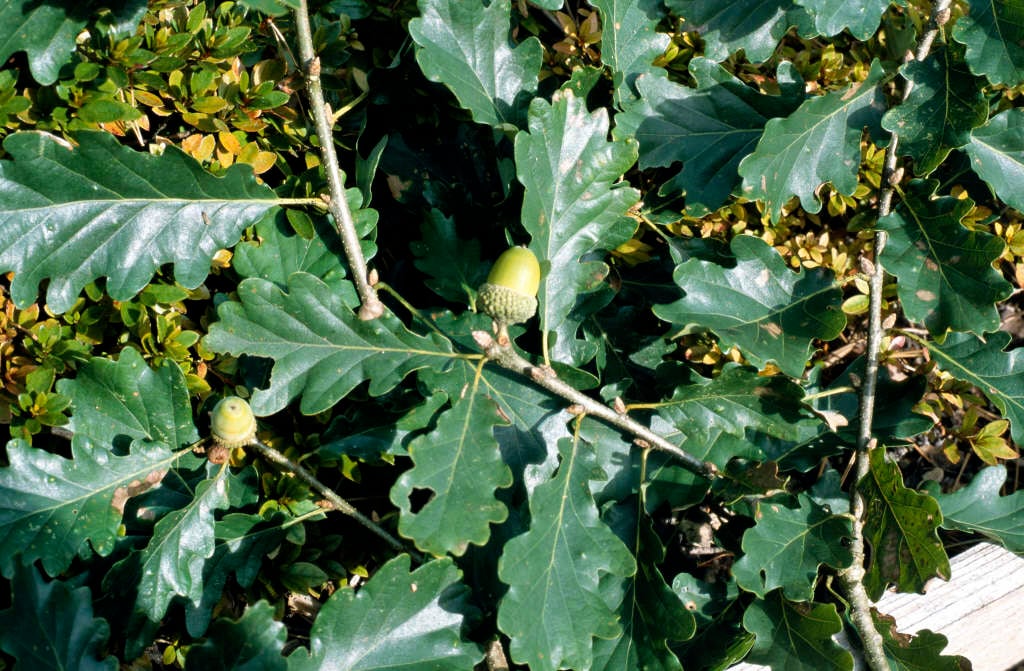Quercus petraea
sessile oak
A large deciduous tree forming a broad, rounded crown, with rather leathery, dark green, lobed leaves to 15cm long, turning orange-brown in autumn. Inconspicuous yellowish flowers in catkins with the young leaves

Buy this plant
Size
Ultimate height
Higher than 12 metresTime to ultimate height
more than 50 yearsUltimate spread
Wider than 8 metresGrowing conditions
Moisture
Moist but well–drained, °Â±đ±ô±ô–d°ů˛ąľ±˛Ô±đ»ĺpH
Acid, Alkaline, NeutralColour & scent
| Stem | Flower | Foliage | Fruit | |
| Spring | Yellow | Green | ||
|---|---|---|---|---|
| Summer | Green | |||
| Autumn | Brown Orange | Brown | ||
| Winter |
Position
- Full sun
- Partial shade
Aspect
West–facing or East–facing or South–facing or ±·´Ç°ůłŮłó–f˛ął¦ľ±˛Ô˛µ
Exposure
Exposed or Sheltered Hardiness
H7Botanical details
- Family
- Fagaceae
- Native to GB / Ireland
- Yes
- Foliage
- Deciduous
- Habit
- Bushy
- Potentially harmful
- Pets (dogs): Harmful if eaten - for further information and contact numbers regarding pets, see the HTA guide to potentially harmful plants
- Genus
Quercus can be deciduous or evergreen trees or shrubs, with entire, lobed or toothed leaves; flowers inconspicuous, followed by characteristic acorns; sometimes good autumn colour
- Name status
Correct
- Plant range
- Europe to W Russia
How to grow
Cultivation
Grows well in most deep, fertile soils
Propagation
Propagate by seed, sown as soon as ripe, in a cold frame
Suggested planting locations and garden types
- Cottage and informal garden
- Flower borders and beds
Pruning
Pests
May be susceptible to oak processionary moth, aphids, caterpillars, leaf-mining moths and oak gall wasps
Diseases
May be susceptible to powdery mildews and honey fungus
911±¬ÁĎ
911±¬ÁĎ is the UK’s leading gardening charity. We aim to enrich everyone’s life through plants, and make the UK a greener and more beautiful place.